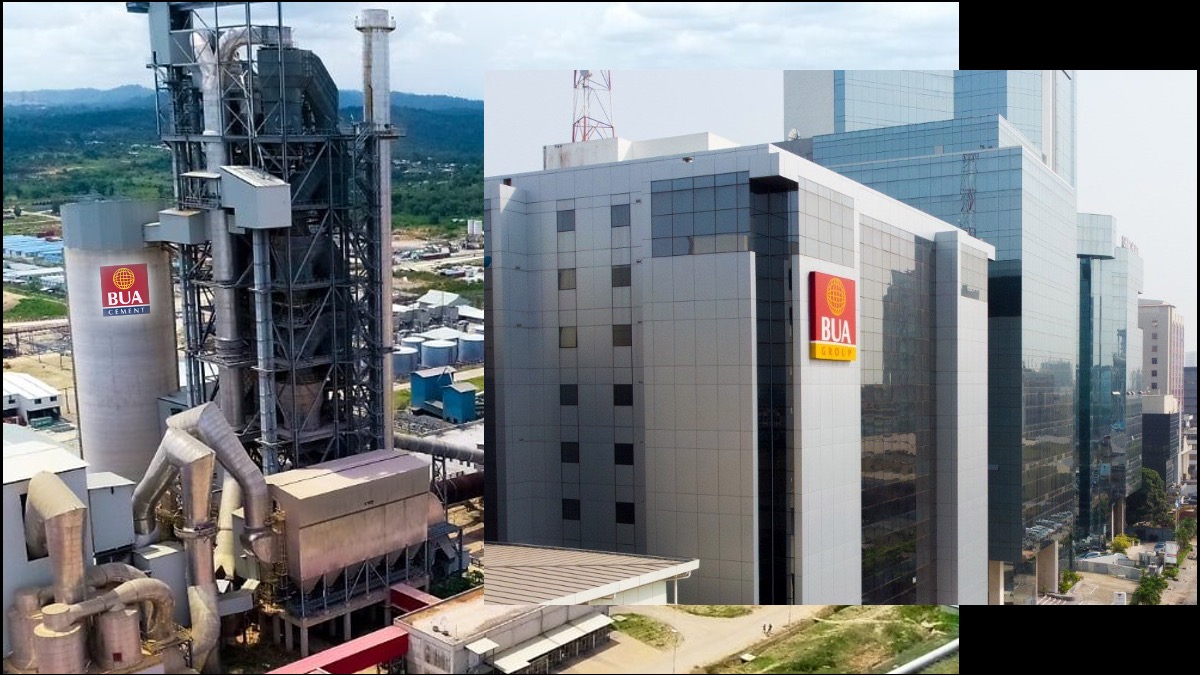In Nigeria’s competitive cement industry, BUA Cement Plc has emerged as a formidable challenger to established giants like Dangote Cement and Lafarge Africa. With an ambitious expansion strategy, BUA Cement is positioning itself to dominate key markets while driving innovation and sustainability. This article explores BUA Cement’s growth plans, competitive advantages, and the potential impact on Nigeria’s cement industry.
The Rise of BUA Cement
1. A Rapidly Growing Contender
- Production Capacity: BUA Cement has rapidly scaled operations, achieving an annual production capacity of 17 million metric tons.
- Market Share: The company holds approximately 25% of Nigeria’s cement market, making it the second-largest producer after Dangote Cement.
2. Strong Regional Presence
- BUA Cement’s strategic focus on Northern Nigeria ensures proximity to limestone reserves and underserved markets.
- The company’s plants in Sokoto and Edo States cater to both domestic and regional demand, with exports to neighboring West African countries.
Key Insight: BUA’s geographic positioning and market focus have allowed it to compete effectively against larger players.
Expansion Strategy: A Game Changer
1. Capacity Expansion
- Ongoing Projects: BUA Cement is investing heavily in new plants and upgrades, aiming to increase production capacity to 20 million metric tons by 2025.
- Edo Plant Expansion: A new line at the Edo Cement Plant will add 3 million metric tons per year to its output.
- Sokoto Plant Upgrade: Expansion efforts in Sokoto will boost production while improving operational efficiency.
2. Focus on Export Markets
- West African Demand: With robust infrastructure development across the region, BUA Cement is targeting high-growth markets like Ghana, Niger, and Burkina Faso.
- Export Efficiency: Proximity to ports in Southern Nigeria facilitates seamless export logistics, reducing costs and enhancing competitiveness.
Key Insight: BUA Cement’s capacity expansion positions it to capitalize on rising demand both domestically and regionally.
Competitive Advantages
1. Cost Leadership
- Vertical Integration: By controlling its supply chain, from limestone extraction to cement distribution, BUA Cement minimizes costs.
- Efficient Energy Use: Investments in alternative fuels and energy-efficient kilns reduce production costs.
2. Sustainability Initiatives
- Eco-Friendly Production: BUA Cement incorporates renewable energy sources, such as biomass, into its operations.
- Low-Carbon Cement: The company’s efforts to reduce clinker content align with global sustainability trends.
3. Strategic Partnerships
- Government Collaboration: Partnerships with federal and state governments support infrastructure projects, ensuring steady demand.
- Private Sector Engagement: BUA works closely with construction firms and industrial clients to tailor products to market needs.
Key Insight: BUA Cement’s focus on cost efficiency, sustainability, and partnerships enhances its competitive edge.
Impact on the Cement Industry
1. Intensified Competition
- BUA Cement’s aggressive expansion challenges Dangote Cement’s dominance, potentially leading to:
- Price Wars: Increased capacity may drive down prices, benefiting consumers but pressuring margins.
- Market Diversification: Companies will need to innovate and diversify to maintain market share.
2. Improved Supply Chain
- With expanded capacity, BUA Cement can address supply shortages in underserved regions, reducing reliance on imports.
3. Sustainability Benchmarking
- BUA’s adoption of green practices sets a precedent for the industry, encouraging competitors to prioritize sustainability.
Financial Performance and Stock Analysis
1. Revenue Growth
- BUA Cement achieved a 62.93% YoY revenue growth, reflecting strong market demand and operational efficiency.
2. Profitability Metrics
- Operating Margin: 25.8%, demonstrating effective cost management.
- Net Margin: 21.8%, one of the highest in the industry.
3. Stock Performance
- While BUA Cement’s stock experienced a slight decline (-2.06%) in the past year, its long-term growth potential remains robust due to capacity expansion and market positioning.
Key Insight: BUA Cement’s financial health supports its ambitious expansion plans, making it a strong contender in the sector.
Risks and Challenges
1. Rising Energy Costs
- Energy-intensive operations expose BUA Cement to fluctuations in fuel prices, potentially impacting margins.
- The company’s investment in alternative energy sources partially mitigates this risk.
2. Currency Volatility
- Naira devaluation increases the cost of imported equipment and materials, straining cash flows.
3. Regulatory Pressures
- Stricter environmental regulations may require additional investments in green technologies.
- Bureaucratic delays in project approvals could hinder expansion timelines.
Key Insight: While risks exist, BUA Cement’s proactive strategies and financial resilience position it to overcome these challenges.
Why BUA Cement Could Outpace Competitors
1. Focused Regional Strategy
- BUA’s stronghold in Northern Nigeria and its export-oriented approach provide a balanced revenue base.
2. Sustainability Leadership
- Eco-friendly practices align with global trends, appealing to environmentally conscious investors and clients.
3. Rapid Capacity Growth
- With planned expansions, BUA Cement is on track to narrow the gap with Dangote Cement while maintaining profitability.
Conclusion
BUA Cement’s expansion strategy is reshaping Nigeria’s cement industry, challenging established players and setting new benchmarks for efficiency and sustainability. By focusing on capacity growth, export markets, and eco-friendly practices, the company is well-positioned to outpace competitors and capitalize on Nigeria’s infrastructure-driven growth.
For investors, BUA Cement offers a compelling mix of growth potential, sustainability, and financial stability. As the company continues to execute its ambitious plans, it is poised to become a dominant force in the African cement industry.

Leave a Reply